Advances in technology and practises in farming are often slow to be taken up and implemented at farm level. One farm where there is no such problem is Parkend and Lesmay Holsteins in Fife. Owned and run by the father-and-son team of Brian Weatherup Senior and Brian Weatherup Junior, their 250ac farm is to the fore of some of the latest technologies coming on stream in dairy production.
In March of this year the Weatherups installed four Fullwood M2erlin milking robots for their 200-cow herd. Having moved over from Northern Ireland in 1972 where they sold their land for £600/ac and bought the equivalent in Scotland for £200/ac, the family have been milking Holsteins at Parkend since 1990. The herd is 100% Holstein with all breeding done by AI before a Belgium Blue bull is used to mop up any late breeders.
“We made the decision to move to the robots because relief milkers in this area were becoming harder and harder to come by,” says Brian Junior when quizzed on the decision to replace their 30x30 Herringbone parlour with the robots. One of the robots has been funded by Agricultural Engineering Precision Innovation Centre (Agri-EPI), which looks to enhance the transfer of new knowledge and technology to farm level. “While some may think this technology is not applicable to the average farmer I would not agree,” he says, “this isn’t something that’s ten years away it’s here now.”
Taking up the tech
For the Weatherups, the robots have been a resounding success. The cows’ yields increased almost immediately once trained to the robots and they are now averaging 37 litres/day, an increase of 20%, along with 4.4% fat and 3.3% protein. The robots allow the cows to come and be milked once they are ready to do so, with Brian only having to bring a small number who are late to the robot. The average visits per cow per day to the robot are 3.4 but some cows can be as high as 5.
“The robots have only been in since March, but I think we’re really going to see a benefit in cow longevity in the next year or two as the cows are under far less stress,” Brian enthuses.
The housing conditions and facilities also have a huge part to play in improving cow comfort. There is a 50:1 cow to robot ratio but each cow has access to all four robots, meaning any issues that affect one robot do not affect the entire herd.
Cows are housed indoors year-round but are nothing but content. Footbaths are placed at the exit of every robot to reduce incidents of lameness and all cubicles are bedded with green bedding. To reduce any heat stress, fans run at all times and this keeps fresh air circulating around the shed. Cow scratchers are also provided.
The robot system has the added benefit of freeing up both Brians to spend their time on other tasks outside of milking.
“I guess the common misconception with having robots some people might have is that I’m now off farm more than I’m on it,” laughs Brian, “the truth is I still put in just as many hours but I’m investing my time differently.”
The time Brian is talking about is the five hours daily that himself and his father spent in the parlour with the first milking at 4.20am. Now this time is spent addressing issues with cow health or nutrition.
There are two key elements Brian earmarks as crucial to achieving the performance necessary to justify the investment in each robot. What drives cows to the robots Brian says is, first, the will to be milked and, second, is the want to be fed. When these two are in balance then you have the ideal cow, who will regularly visit the robots by her own choice and provide high yields.
“Robots have a bad reputation because everyone feels you’re constantly chasing cows to them,” Brian explains, “but the reality is you never see your best cows only your problem ones. The only place I see my best cows is at the top of the milk yield reports supplied by the robots.”
The wet weather this year has, however, led to a decrease in forage quality in the Total Mixed Ration (TMR), that is fed through the farm’s Keenan’s Intouch diet feeder, another part of the technology being pushed by Agri-EPI.
“I reckon there’s about 6kg of milk being left behind due to the decreased forage quality this year as compared to last year. We cut later than usual and while we have no issues with the yield the energy is down.”
In addition to the robots and diet feeder the cows also wear Silent Herdsman collars. The main measure taken by these collars is rumination activity.
“The collars pick up any changes in a cow’s rumination pattern indicating a drop in intake. This is the first sign I use that a cow may be suffering from a subclinical condition like mastitis or ketosis, as rumination and intake is always the first thing to be affected,” Brian says.
Man and machine
Despite the potential for technology to take some of the mystery out of cow performance, Brian does not believe it will be able to replace the role played by experienced workers. While a key step is recording the data, the most crucial step of all is interpreting the data.
“If I see a drop in intake from the collars and an increase in conductivity recorded in the robots then I know a cow is likely to be suffering from sub-clinical mastitis,” says Brain, “the technology gives you the data, but you still need someone with a knowledge of cows to act on it.”
In fact, one of the largest problems for Brian at the moment is the excess of data. Information comes from the robots, the collars, the diet feeder and the regular milk recordings that are also taken. Processing this data and presenting it in such a way that it can be easily used to improve herd management has proved a problem.
The next step up in technology Brian is looking for is a program that will bring all the data together and allow it to talk to each other – providing him with the information he needs.
“For me, dairying is the best job in the world I know that if I work hard then I’m going to be rewarded.
“To be successful in dairying you must want to do it. To make the robots pay it needs to be a high-input, high-output system and it is important to know your costs of production.
“If I can produce milk for less than 28 pence a litre then the system is sustainable. We do have the added benefit of being on a Sainsbury contract which means we have a stable milk price for the next three years that allows us to plan ahead,” Brian summarises.

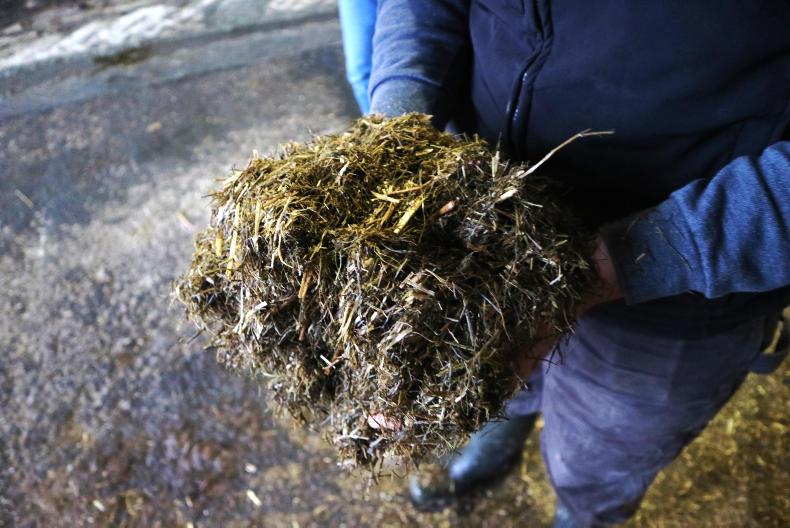




 This is a subscriber-only article
This is a subscriber-only article





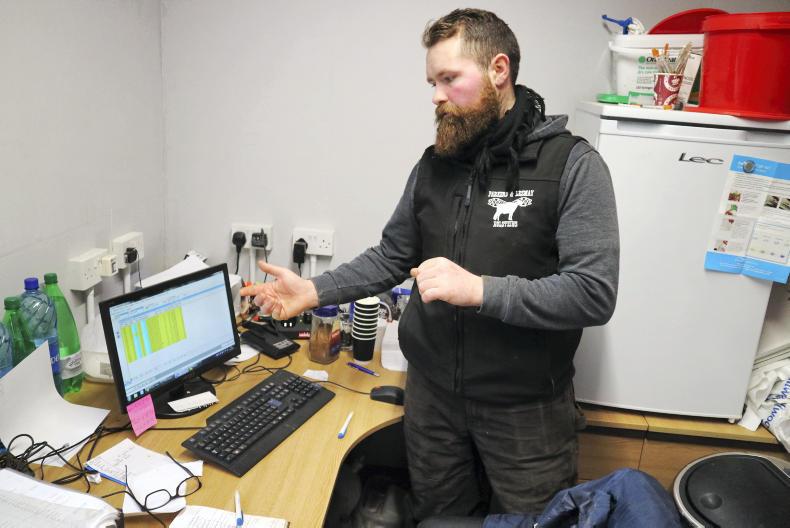


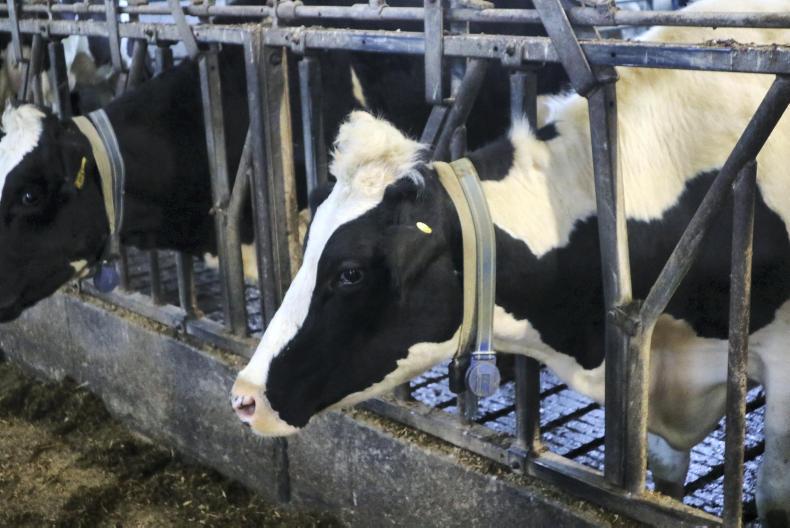

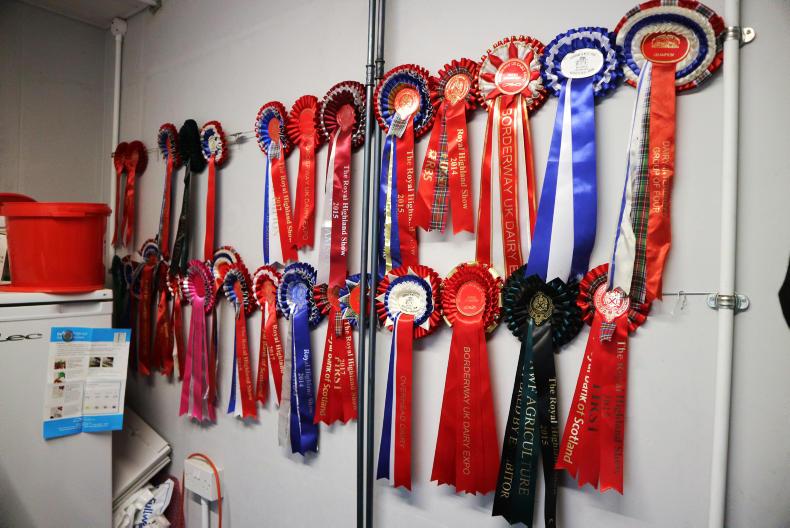



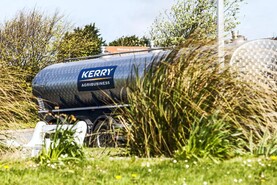

SHARING OPTIONS: